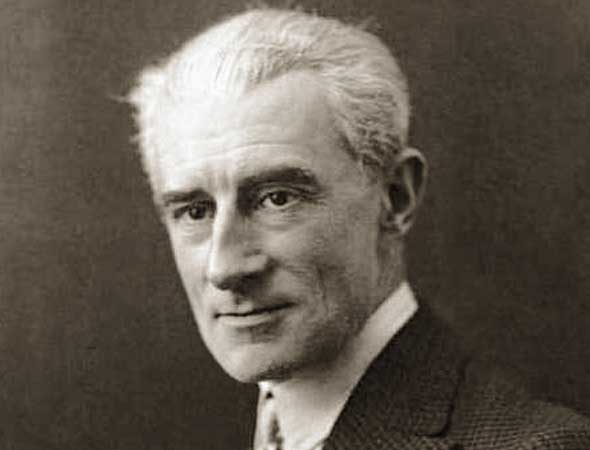RAVEL: Tzigane
The dusty attic of music history is littered with experimental or novelty instruments that did not stand the test of time. Beethoven wrote his Wellington’s Victory for the panharmonicon, a mechanical band in a box; Mozart asked for a strumento d’acciaio (a keyed glockenspiel) in the Magic Flute; Schubert composed a masterful sonata for a fretted guitar/cello hybrid called the arpeggione. Maurice Ravel (1875-1937), in his Tzigane, wrote for the luthéal, an iron contraption attached to the inner works of a grand piano. It had stops that could be manipulated by the pianist to create sounds reminiscent of the lute, harp, or, especially apropos to this work, the cimbalom. Commissioned and dedicated to the Hungarian violinist Jelly d’Arányi, Tzigane is conceived in a virtuosic and improvisatory gypsy style. As in his Spanish-flavored works, Ravel crafted the melodies to sound authentic, but no actual folk melodies were harmed in the composition of this piece.

Joseph Maurice Ravel











